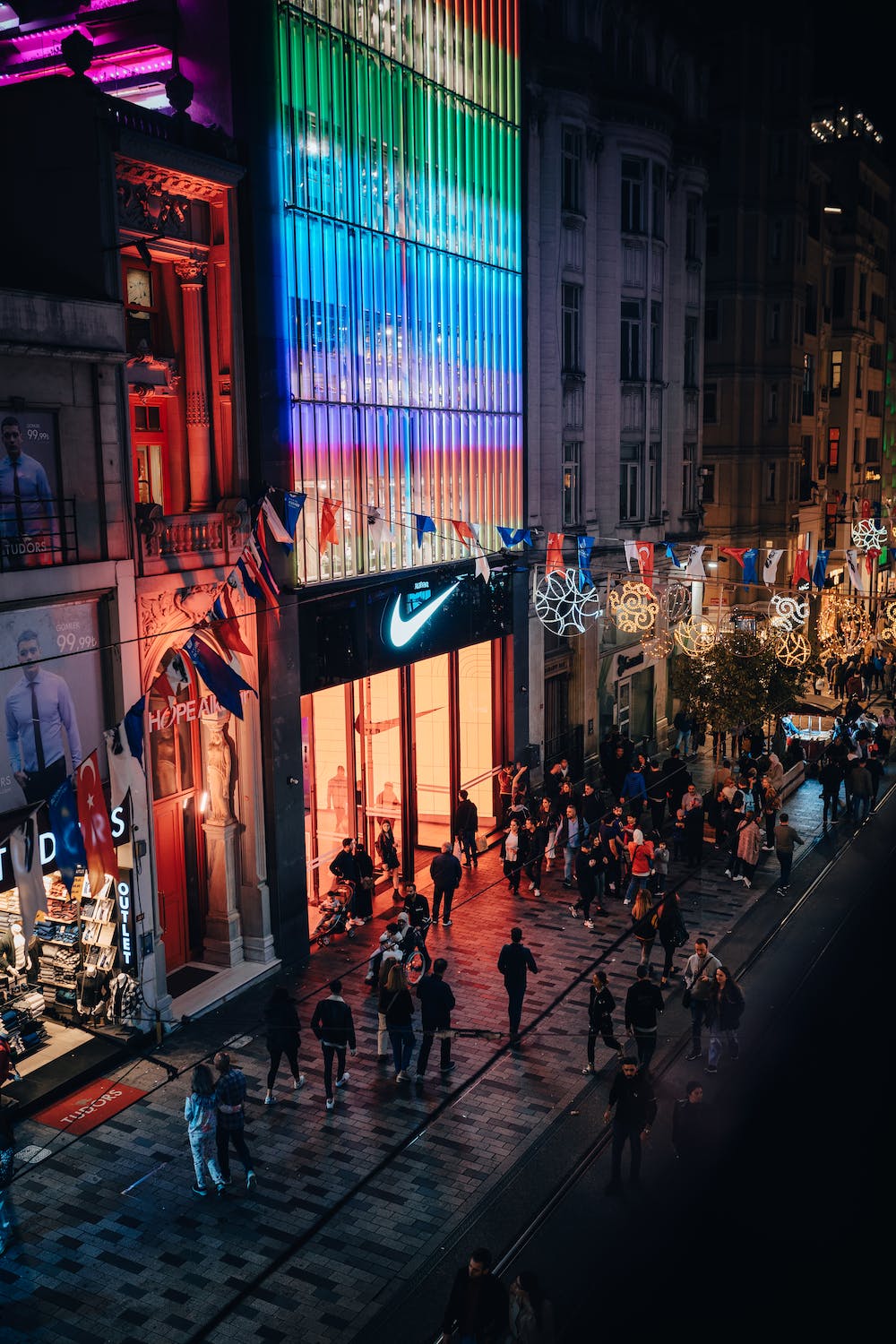Department stores and variety stores offer audiences a wide range of products and services under one roof. Nonetheless, as I often point out in keynote speeches and consulting projects, given the rise of online shopping and changing consumer habits, where the industry is headed is somewhat uncertain. Noting this, let’s debate the future of department stores and variety stores, including what new trends and innovations the decade ahead might bring.
We of course need to start our discussion with the rise of e-commerce. With more and more people shopping online, traditional brick-and-mortar stores are finding it difficult to compete. Many customers are turning to online retailers for convenience, lower prices, and wider selection. As a result, department stores and variety stores are having to adapt to stay relevant.
One way they are doing this is by embracing technology. Many department stores and variety stores are investing in digital tools and platforms to enhance the customer experience. For example, they are using augmented reality to allow customers to try on clothes virtually, or interactive displays that provide product information and reviews. Certain retailers are also using mobile apps to enable customers to shop and pay for items from their smartphones.
Like I frequently note as a keynote speaker and futurist consultant, chains are also finding ways to excel by investing more deeply in customer service. In a world where clients can buy almost anything online, retailers are recognizing that exceptional experience is a key differentiator. Stores are therefore investing in training and development programs to ensure their employees are knowledgeable and able to provide personalized assistance to customers.
Mind you, the future of department stores and variety stores is also likely to be transformed by changes in the way people shop. See, for instance, growing demand for sustainable and ethical products. Retailers are responding to this by offering eco-friendly options and partnering with brands that prioritize sustainability.
Furthermore, the rise of conscious consumerism has also led to a demand for products that align with customers’ values and beliefs. This means that stores are having to be more selective in the brands and products they carry, ensuring that they reflect the values of their shoppers.
And, naturally, it’s also important to take into account shifting demographic trends. As the population ages, there is a growing need for products and services that cater to older customers. This may mean offering specialized products, such as medical equipment, and adapting store layouts to be more accessible.
On the other hand, as the younger generations become the dominant market, there is a growing demand for experiences over products as well. Therefore, department stores and variety stores will have to start incorporating more interactive and engaging activities like gaming zones or VR experiences to attract younger customers.




